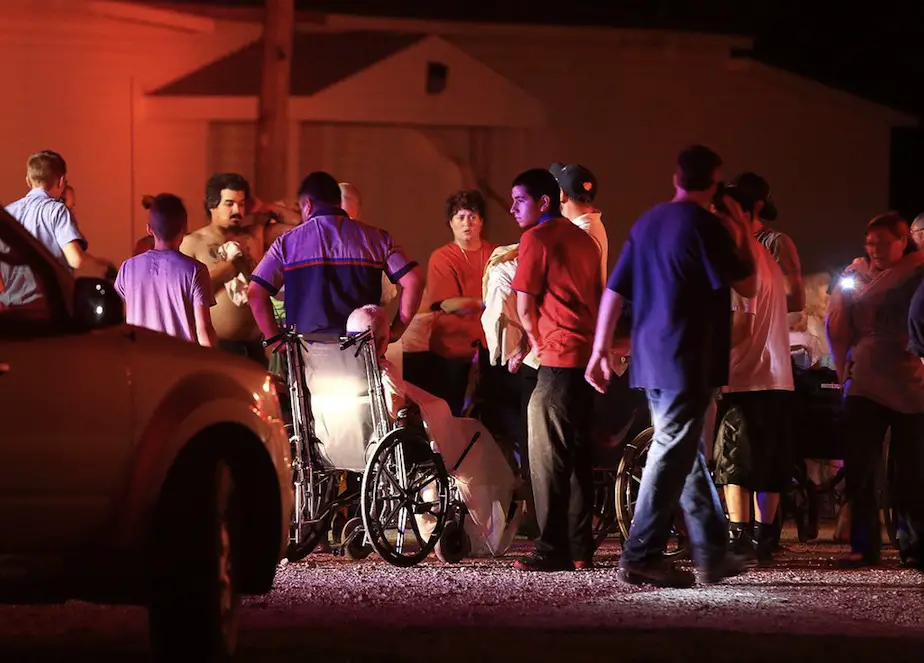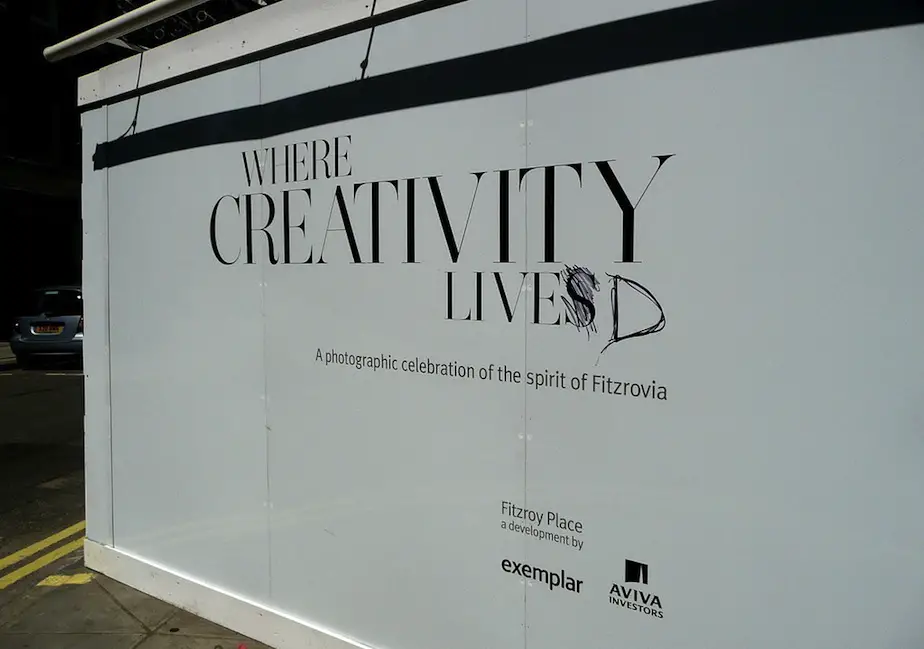May is National Bike Month in the United States, something the country’s 57 million bicyclists have had the opportunity to celebrate since 1956. Biking is a hot trend right now in the US, taking second place on a 2012 survey to find Americans’ Favorite Outdoor Activities.
Inspired by the European and Canadian model, bike sharing programs are now spreading across the States. Affordable and convenient fleets are set to transform American cities, with their number growing 50% this year compared with 2012. There’s now a total of 53 programs in North America, and in 2013 we can expect to see 6000 new bikes in New York, 4000 in Los Angeles, 3000 in Chicago and many others in different cities across America.
Bike sharing programs are one of the main drivers for improving cycling infrastructure, that and the fact that 50% of all US trips are 3 miles or less. Just imagine the progress that could be made if half of those trips were done on two wheels. America could look forward to fewer traffic jams, reduced air pollution and happier people!
Only 1% of all US trips are made by bike, but that could change if safety was not as much of a concern. In New York, cycling increased 102% between 2007-2011 and in San Francisco 71% between 2006-2011, largely because of better infrastructure.
The ‘green lane’ concept is part of that drive for improved cycling infrastructure. The lanes are a cycle path separated from the road and sidewalks by plastic posts, curbs or parked cars, improving safety for people on bikes. At the end of last year, there were 102 protected green lanes in 32 U.S. cities, but their number will grow this year by an additional 100.
The Green Lane Project is leading the change, bringing together six U.S. cities – Austin, Chicago, Washington D.C., Memphis, Portland and San Francisco – to build more protected bike trails. Martha Roskowski, Director of the project, put some time aside to participate in this mini-interview.
Dana Fatol: It’s been one year since the Green Lane Project was launched. What have you found are the main constraints in having protected bike trails built in cities in the US?
Martha Roskowski: The biggest factor is political will and vision. Engineers are figuring out the designs, and cities are finding the money to build them. If the leadership of a city makes these facilities a priority, they get built. The most challenging projects are those that require removing some parking spaces to make room for people on bikes. In most cases, we’re seeing city leaders decide that the benefits of making streets work better for the broader community outweighs the very localized concerns about parking.
DF: Do you think that bicyclists in U.S. cities have already got their own culture? How can the Green Lane Project bring them together and support the creation of a strong cycling community?
MR: The cultural piece is interesting. It is important because it provides an identity for people who ride bikes, and encourages others to join in. We’re seeing this cultural element evolving, not only with the hip young people and those wanting to reduce their footprint, but with families biking to the park, and business leaders going for a bike ride instead of playing golf. There’s also some interesting growth in bike culture in some Latino neighborhoods. The peer approval and persuasion is really powerful. It’s interesting, though, to see that in places like Copenhagen, biking is so ubiquitous, people see bikes as a handy tool, like a lawn-mower or a vacuum cleaner, and don’t really identify themselves as bicyclists. In a way, they’ve transcended the cultural question on an individual level, though bicycling is certainly part of the larger identity of the city.
There’s already some angst among some of the long-time bikers, as they’re no longer an exclusive club of bold renegades. Green lanes feed into that, as they encourage the less courageous to get onto bikes by providing more comfortable places to ride. Biking isn’t mainstream yet, but it’s heading in that direction. In just the last month, I saw ads for oatmeal, deodorant and technology consulting using bikes to sell their services. Things are changing fast in our corner of the world.
The Green Lane Project is focused on getting good projects on the ground, which then makes biking an option for a broader swath of the community. We’re not focused on building culture, per se, though cities are relying on people who bike and who want to bike to support the projects. On a local level, a lot of the advocacy groups are doing excellent work in this realm. On a national campaign, our sister campaign PeopleForBikes is doing interesting messaging and outreach around bike culture.
DF: How do you see the future for U.S. bicyclists over the next ten years?
MR: I am tremendously optimistic. Across the country, cities are embracing biking as a rational, practical part of their transportation system. They’ve moved from seeing bike projects as being “nice to do” to being cost-effective investments in providing mobility, reducing congestion and making their cities better places to live and work. Demographics are totally on our side. A recent study showed that driving among 16 to 34 year olds dropped by over 20% between 2001 and 2009. They’re more interested in having a smart phone than making car payments. They’re living in smaller places and migrating to more urban environments. And they’re riding bikes. Part of it is driven by culture, but part is by economics, and I don’t see that changing anytime soon. I predict that we’ll see more people on bikes, and cities creating safer places to ride in response to that, which creates a really positive feedback loop. This applies to big cities, but also to pockets of suburban areas which are turning into “town centers” and to smaller towns across the country.
Dana Fatol is a Finance and Human Resources professional who is passionate about finding simple and better ways to manage society.
Gallery images via DCDOT, Green Lane Project and SFBC.


